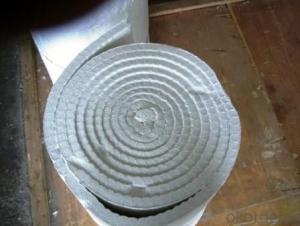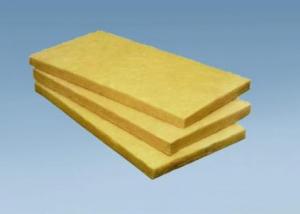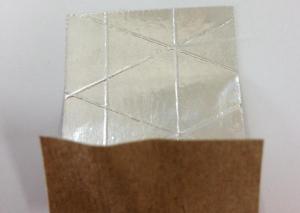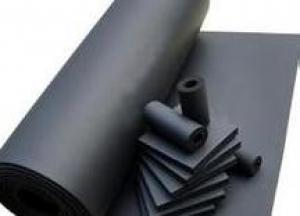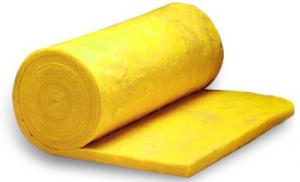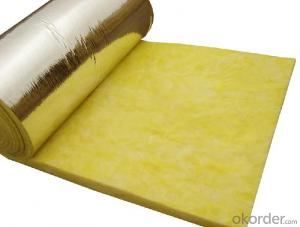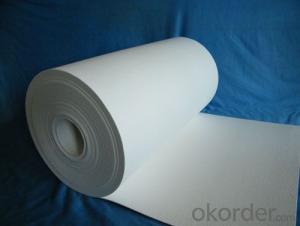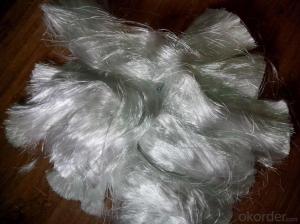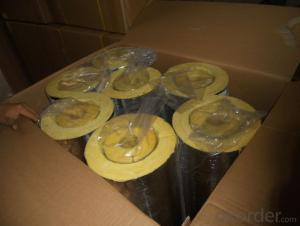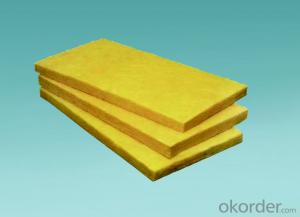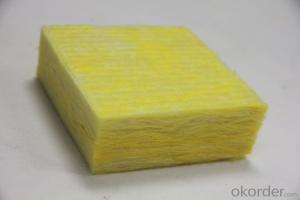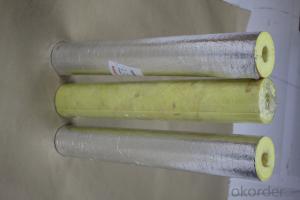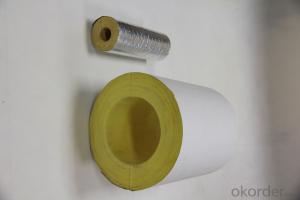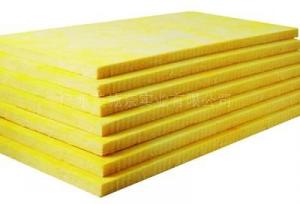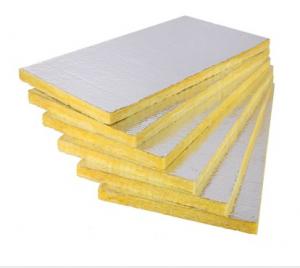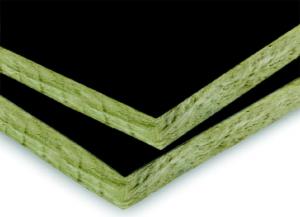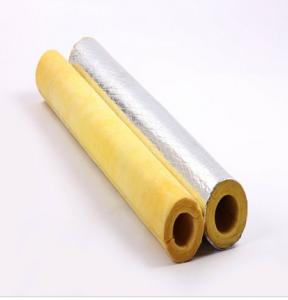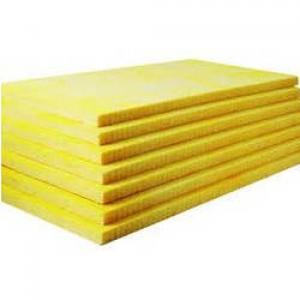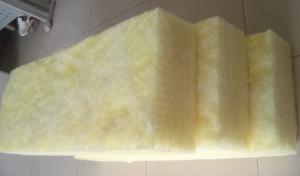High Purity Clay Clinker SDS Glass Wool Refractory
- Loading Port:
- China main port
- Payment Terms:
- TT OR LC
- Min Order Qty:
- 100 roll
- Supply Capability:
- 5000 roll/month
OKorder Service Pledge
OKorder Financial Service
You Might Also Like
Msds Refractory Ceramic Fiber Blanket
Description: Yeso ceramic fiber blanket is made of special ceramic long-fiber that is produced by the melting of very pure raw materials in double surface meeding process with out binders and with good stability in a large range of temperature. The process of double surface need increasing interweaving and tensile strength.
Characteristics Typical Applications
Excellent thermal stability Joint sealing and filling insulation
Excellent chemistry quality Fiber composite(grinding parcel)
Resistance to burning Internal and external lining
Low thermal conductivity Structure refractory and sponging sounds
Low thermal capacity Materials for hot filtration
Good insulation Raw material for further producing
Good obstructing voice and mechanism strength
Low shrinkage
Good springiness for fibers
Convenient producing and installing
Physical Data
Descriptions | YESO1260 | YESO1425 | YESO1500 | YESO1600 | ||
Classification temperature(°C) | 1260 | 1425 | 1500 | 1600 | ||
Melting Point(°C) | 1760 | 1700 | 1760 | - | ||
Color | White | White | Green-blue | White | ||
Average diameter for fiber(m) | 2.6 | 2.8 | 2.65 | 3.1 | ||
Length for fibers(mm) | 250 | 250 | 150 | 100 | ||
Density for fibers(kg/m³) | 2600 | 2800 | 2650 | 3100 | ||
Chemical compositions | Al2O3 | 45 | 35 | 40 | 72 | |
SiO2 | 54 | 49.6 | 57.8 | 28 | ||
ZrO2 | 15 | |||||
Cr2O3 | 1.8 | |||||

Remarks: The data above is for reference. The Max. temperature depends on the using conditions.
Product Description:
CeramicLooseFiberis made by the melted raw materials at high temperature through resistance furnace, before being blown or spun into fiber. As a neutral and acidic material, except reaction with the strong acid-alkali,refractoryceramic fiber won’t be eroded by other weak alkali, weak acids, or water, oil, steam, or be infiltrated with lead, aluminum or copper, featuring excellent flexibility and elasticity. Ceramic fiber is of smaller density, more than 75% lighter than insulation brick lining or 90% -95% lighter than lightweight castable lining, with thermal conductivity co-efficient to be 1/8 of the lightweight clay brick or 1/10 of lightweight heat-resistant lining (castable), and heat capacity to be 1/10 of both lightweight insulation lining and lightweight castable lining, thus to greatly lower energy loss and deliver significant energy-saving regenerative effects. Meanwhile, the ceramic fiber features a simple construction with no need of baking oven, shortened construction cycle and easy installation.
Low heat capacity and low thermal conductivity;
Excellent chemical stability;
Excellent thermal stability, resistance to pulverization at high temperature;
With no binders or corrosive substances;
Excellent sound absorption
Typical Application:
Raw material for fiber blanket, board products;
Raw material for fiber textile products;
Fillings for wall lining gap in high temperature furnace, heating device;
Raw material wet processed products;
Fiber spraying;
Castables;
Raw material for coatings;
Insulation fillings for corner and complex space.
- Q: What is semi-rigid glass wool board
- Commonly used in roofing, the density of about 120-150kg / m?.
- Q: What is the difference between imported glass wool and rock wool?
- Glass wool is categorized into glass fiber, which is a manmade inorganic fiber. Glass wool employs quartz sand, limestone, dolomite and other natural ores as the main raw materials, accompanying with some pure alkali, boraxes and other chemicals to melt into glass, and then fibering melten glass and adding environmentally friendly thermosetting resin-based adhesives for finished product. It is an inodganic fiber. Glass wool is good shaped with small volume density, low thermal conductivity, good thermal insulation and sound absorption properties, great corrosion resistance as well as stable chemical performance. It is a typical multi-pore sound-absorbing material with good sound-absorbing property. Rock wool: English (rockwool). It belongs to an inorganic material. Rock wool is a manmade inorganic fiber which employs basalt and dolomite as the main raw materials and is produced by melting at high temperatures before being processed by high-speed centrifugation equipment. It has strong thermal insulation and fire resistance properties.
- Q: whether the sound insulation is asbestos good or the glass wool good?
- Because the main function is the fireproofing), sound absorption cotton belongs to asbestos, but match up with the installation (glass fiber cloth, and we in real life (in fact, we need the material with good sound insulation
- Q: What are the advantages of Rock wool and import glass wool respectively?
- Rock wool: Also known as rock cotton, mineral rock. With minerals as raw materials, it is fluffy short fine fibers. Main raw materials such as basalt, pyroxenite, dolomite, iron ore, bauxite will be made into fiber rock wool after high temperature fusion, and fiberization. It can be used as high temperature and ablation resistance as well as thermal insulation materials; sound-absorbing and thermal insulation materials for construction equipments. Asbestos alternatives can be used as cement products, rubber reinforcing materials and high temperature sealing materials, as well as high-temperature filter and catalytic carrier, etc. 1. Insulation property: Basic features of Insulation performance of rock wool, slag wool products 2. Combustion performance 3. Sound insulation performance: Rock wool, slag wool products have excellent sound absorption performance. Glass wool belongs to glass fiber. Category: machine-made fiber, molten glass wool glass, fibrosis-like materials, it is the fiber that belongs to glass. Type, bulk density, low thermal conductivity, thermal insulation, sound-absorbing performance, corrosion resistance, chemical stability.
- Q: What is the difference between the glass fiber and glass wool?
- Fiberglass is an excellent inorganic non-metallic material. There are many kinds of glass fibers whose advantages are good insulation, heat resistance, corrosion resistance, high mechanical strength, and the drawbacks are brittle and poor wear resistance. Glass wool, a man-made inorganic fiber, belongs to a kind of glass fiber. It is a spongiform material made through fibration of melten glass. It is an inorganic fiber whose chemical components belong to glass, having good formability, low bulk density, low thermal conductivity, good thermal insulation and sound absorption, corrosion resistance and chemical stability.
- Q: What is the difference between quartz wool and glass wool?
- It belongs to quartz fiber. Quartz fiber is a cotton-shaped fiber made up of high purity silicon dioxide and natural quartz crystal. Its purity is 99.95% purity and density is 2.2g / cm3. The tensile strength is 7GPa and the tensile modulus is 70GPa. It has heat resistance, corrosion resistance and softness. At high temperatures, it remains high retention rate, stable dimension, good thermal shock resistance, chemical stability, transparency and electrical insulation. Filament with a diameter of 4 to 10μm can be used for reinforcing. Fiber?diameter of quartz wool depends on use, which in general is about 0.7 to 10μm. Manufacturing methods: (1) Drawing with melting quartz rod or pipe oxy-hydrogen flame, and then jetting it with oxy-hydrogen flame blowpipe to make into quartz wool with a diameter of 0.7 to 1 μ m; (2) Quartz is made into short fibers and the mats with high speed airflow before being melted with flame; (3) Making quartz fibers or rods go through oxy-hydrogen flame or coal gas flame at a constant velocity for the sake of softening them and then drawing them into filaments at a high speed. It is mainly used as the reinforcement of electrical insulating materials, thermal insulating materials and composite materials. It serves as the radome of aircraft nose, the exhaust nozzle of rockets, ablative materials of spacecraft and thermal insulation materials and so on. Glass wool is categorized into glass fiber, which is a manmade inorganic fiber. Glass wool is a material which fibering melting glass to form cottony shape. Its chemical composition belongs to the classification of glass, being an inorganic fiber. So, it is good shaped with small volume density, low thermal conductivity, good thermal insulation and sound absorption properties, great corrosion resistance as well as stable chemical performance.
- Q: What are the differences between the glass fiber and glass wool? ?
- Glass fiber is a kind of inorganic non-metallic material,which is widely used in the chemical, electronics, communications, etc.; Glass wool is one of the glass fibers, which has narrower applications.
- Q: How much does centrifugal pan of glass wool need to invest? ?
- Investment is not large, but the recipe is very expensive ...
- Q: What is the construction process of external wall glass?wool?board?
- First, fix the glass wool to the wall with insulation supporting pins to prevent falling. A vapor barrier must be built on the surface of glass wool in order to prevent moisture condensation in the air within the glass wool, which may lead to the decrease of thermal insulation performance.
- Q: What's the centrifugal glass wool?
- Centrifugal glass wool is a kind of filiform material made by fibrillating and spraying thermosetting resin on the glass in melten state via centrifugal blowing process, which is then conducted thermosetting deep processing to make series products of a variety of uses. It has advantages like flame retardant, non-toxic, corrosion resistance, small unit weight, low heat conductivity coefficient, strong chemical stability, low moisture absorption rate, good hydrophobicity, etc., which is now recognized as the most superior material for heat conservation, thermal insulation and sound absorption with a very wide range of uses. The boards, carpets and pipes made of this material have been widely used for heat insulation and sound absorption in construction, chemical, electronics, electric power, metallurgy, energy, transportation and other areas, which have very significant effects.
Send your message to us
High Purity Clay Clinker SDS Glass Wool Refractory
- Loading Port:
- China main port
- Payment Terms:
- TT OR LC
- Min Order Qty:
- 100 roll
- Supply Capability:
- 5000 roll/month
OKorder Service Pledge
OKorder Financial Service
Similar products
Hot products
Hot Searches
Related keywords
